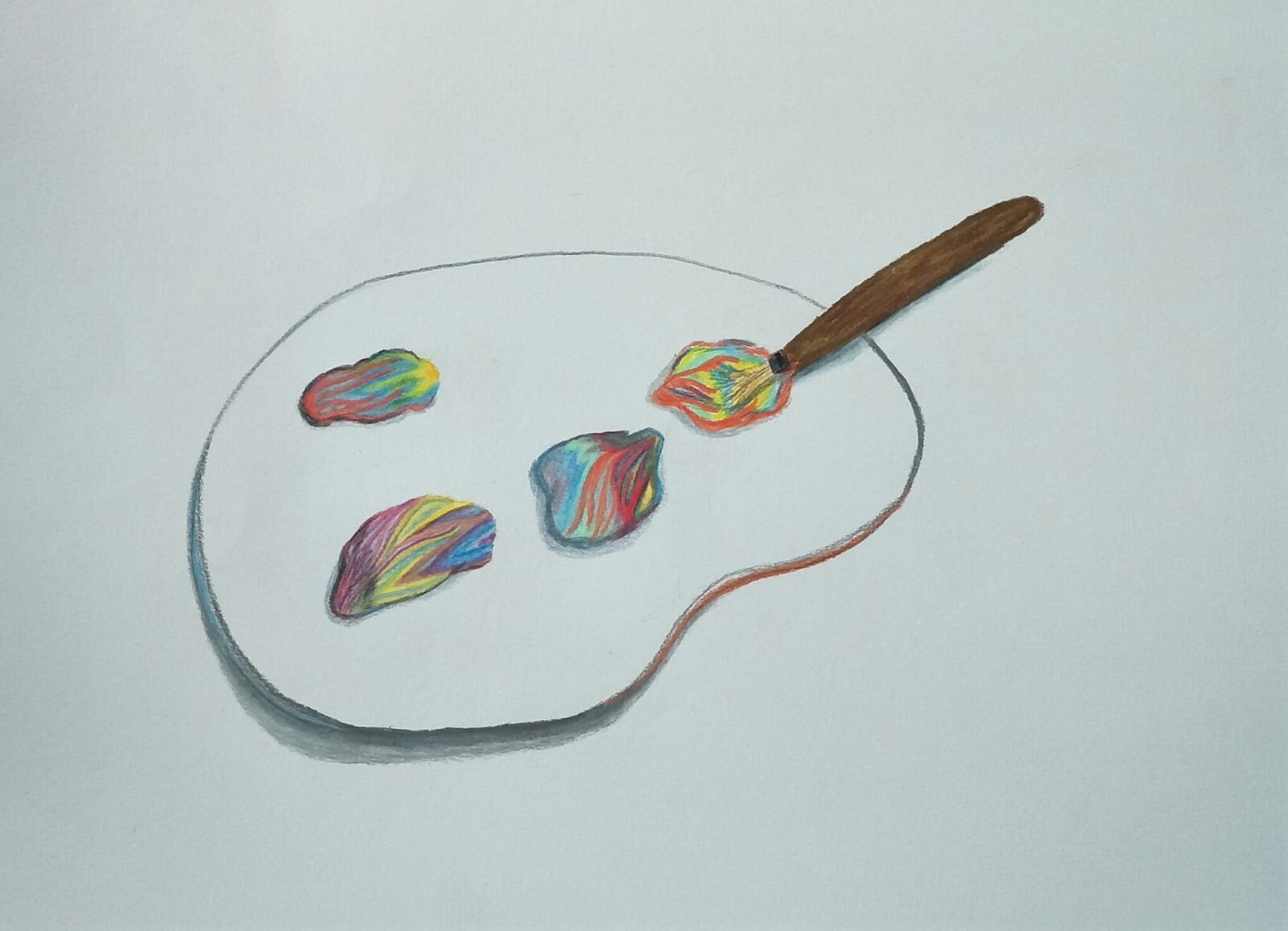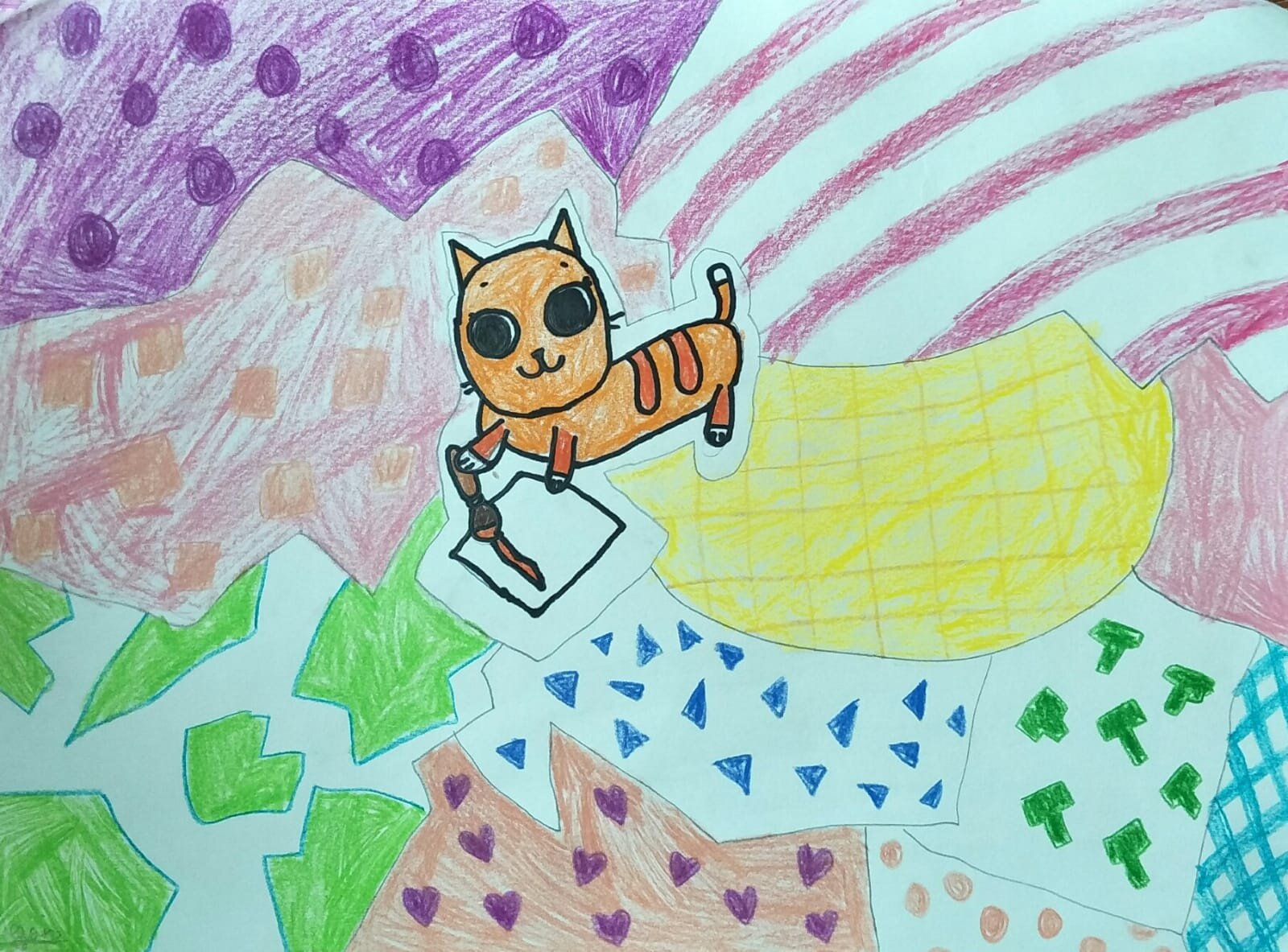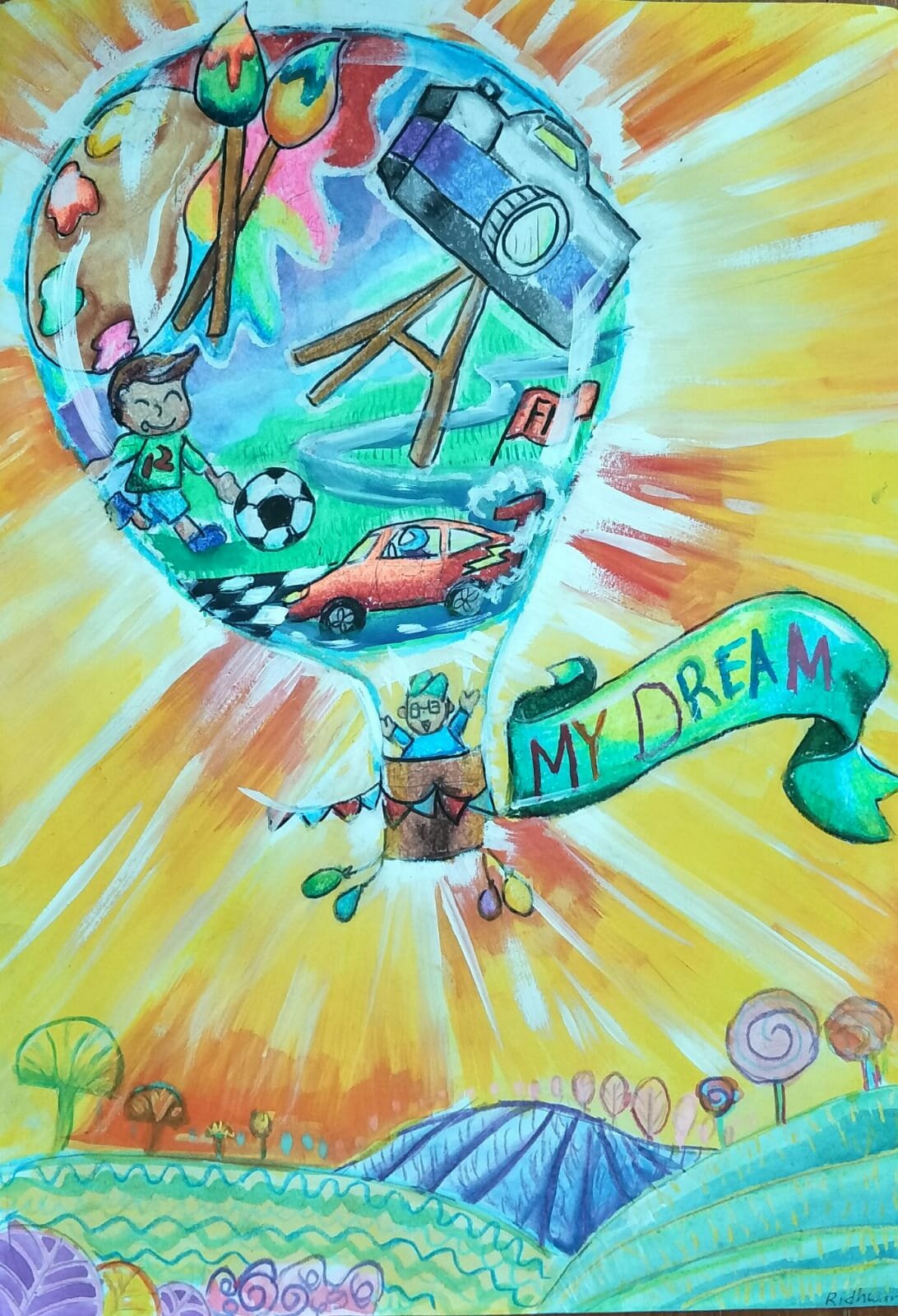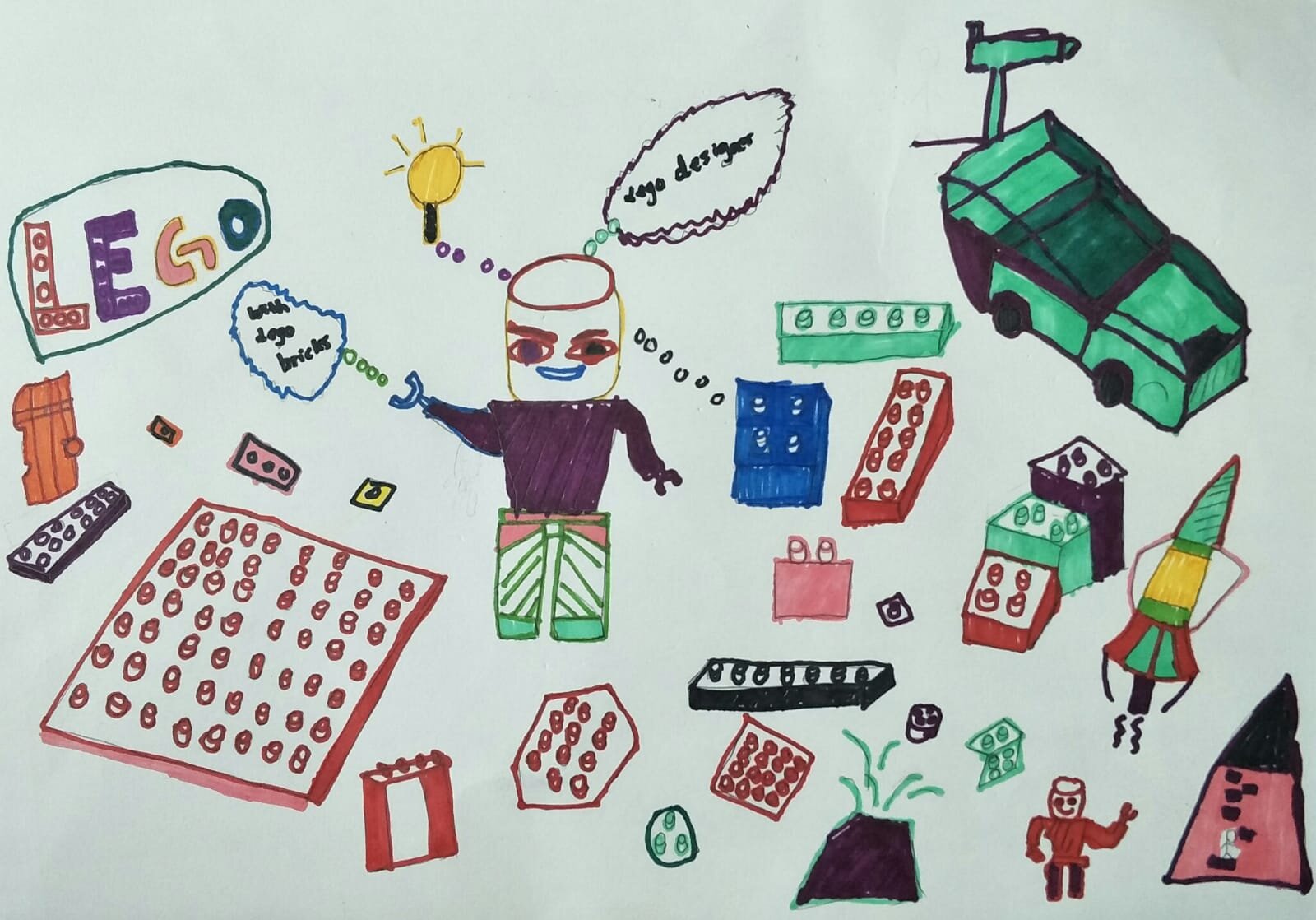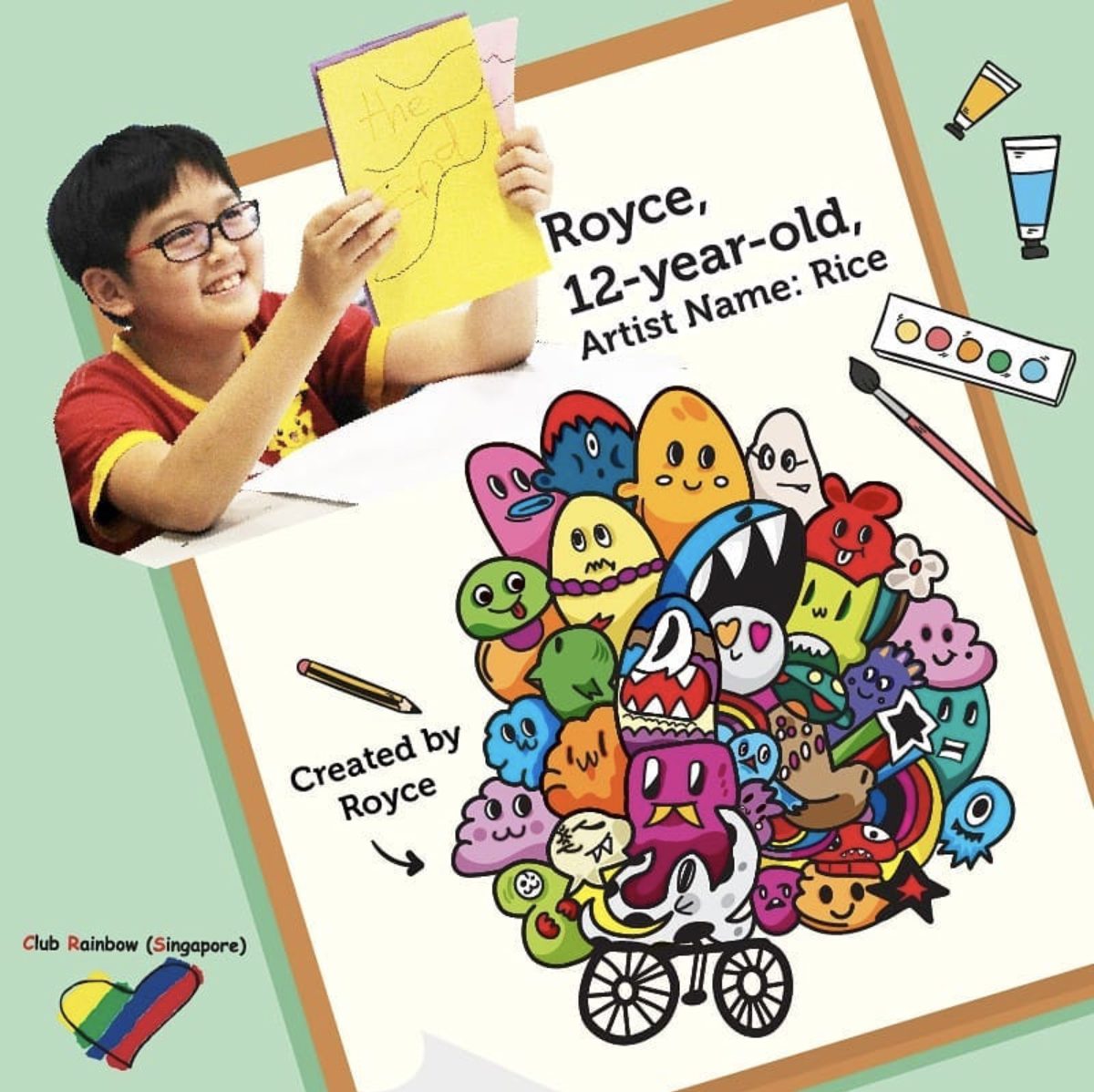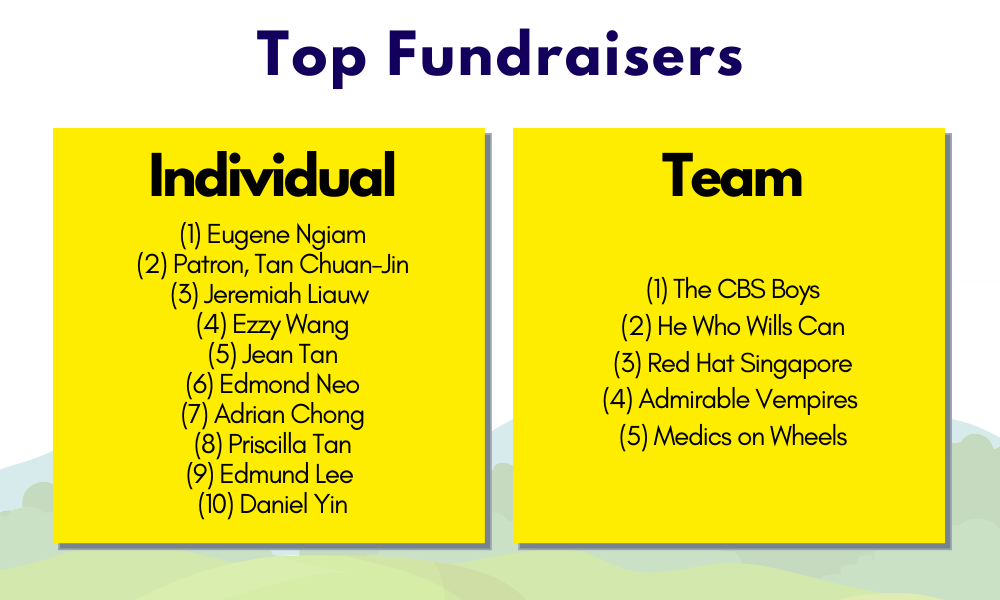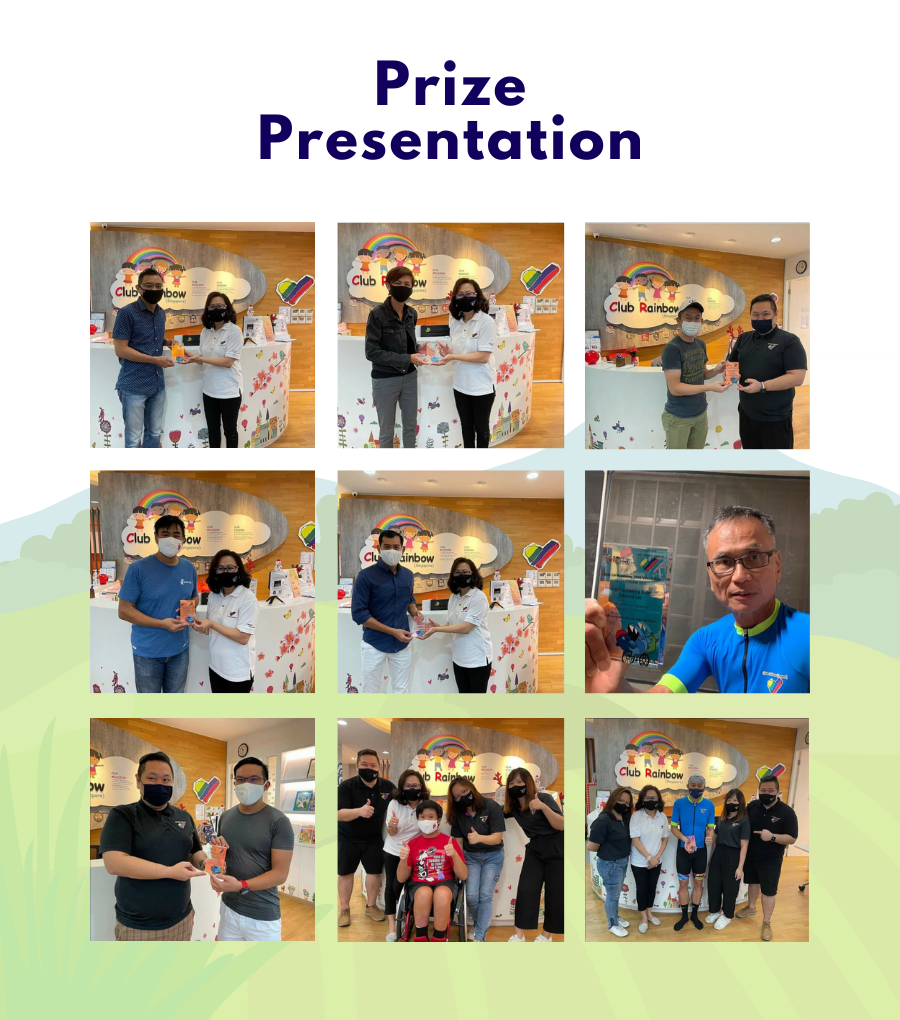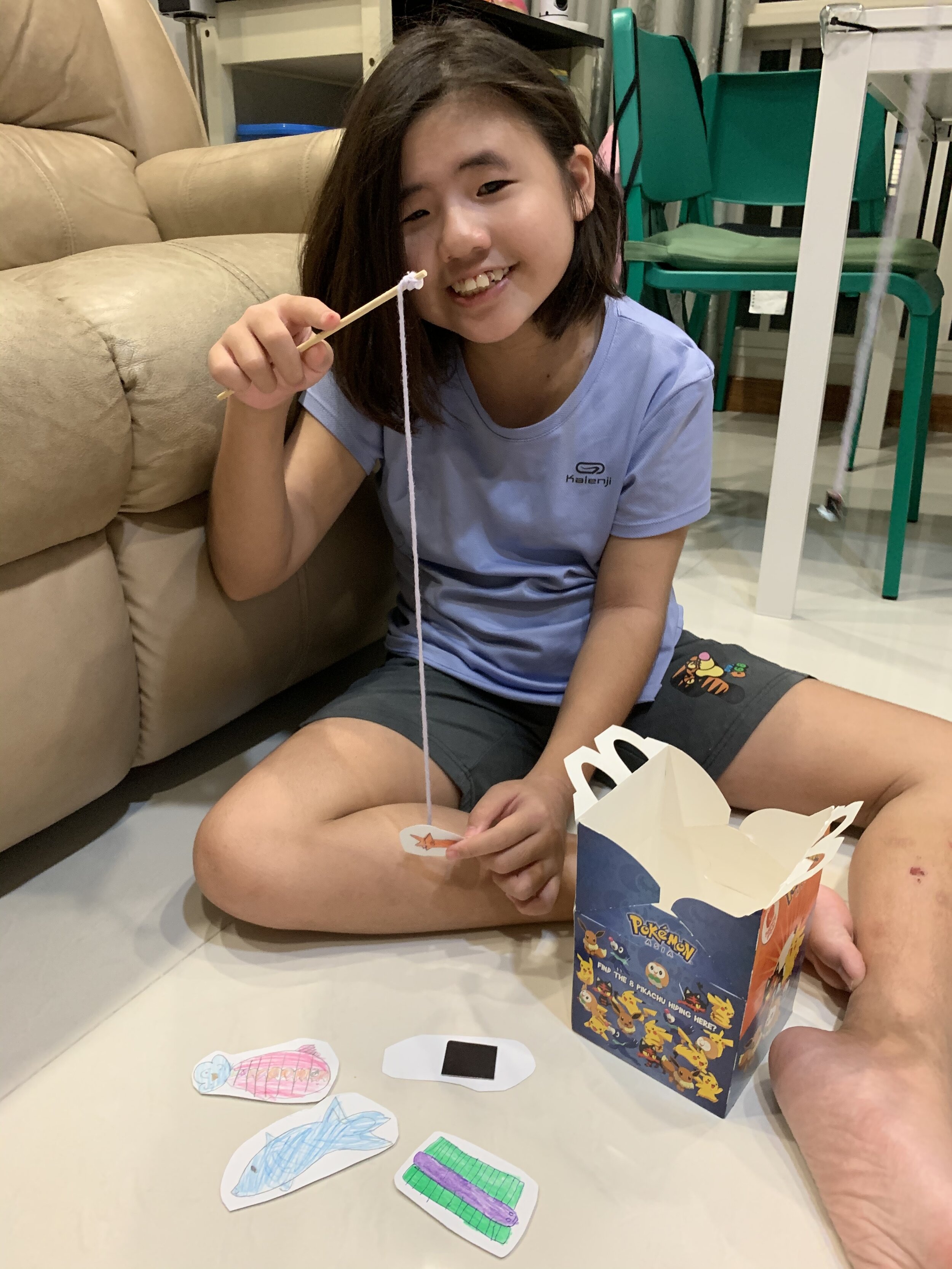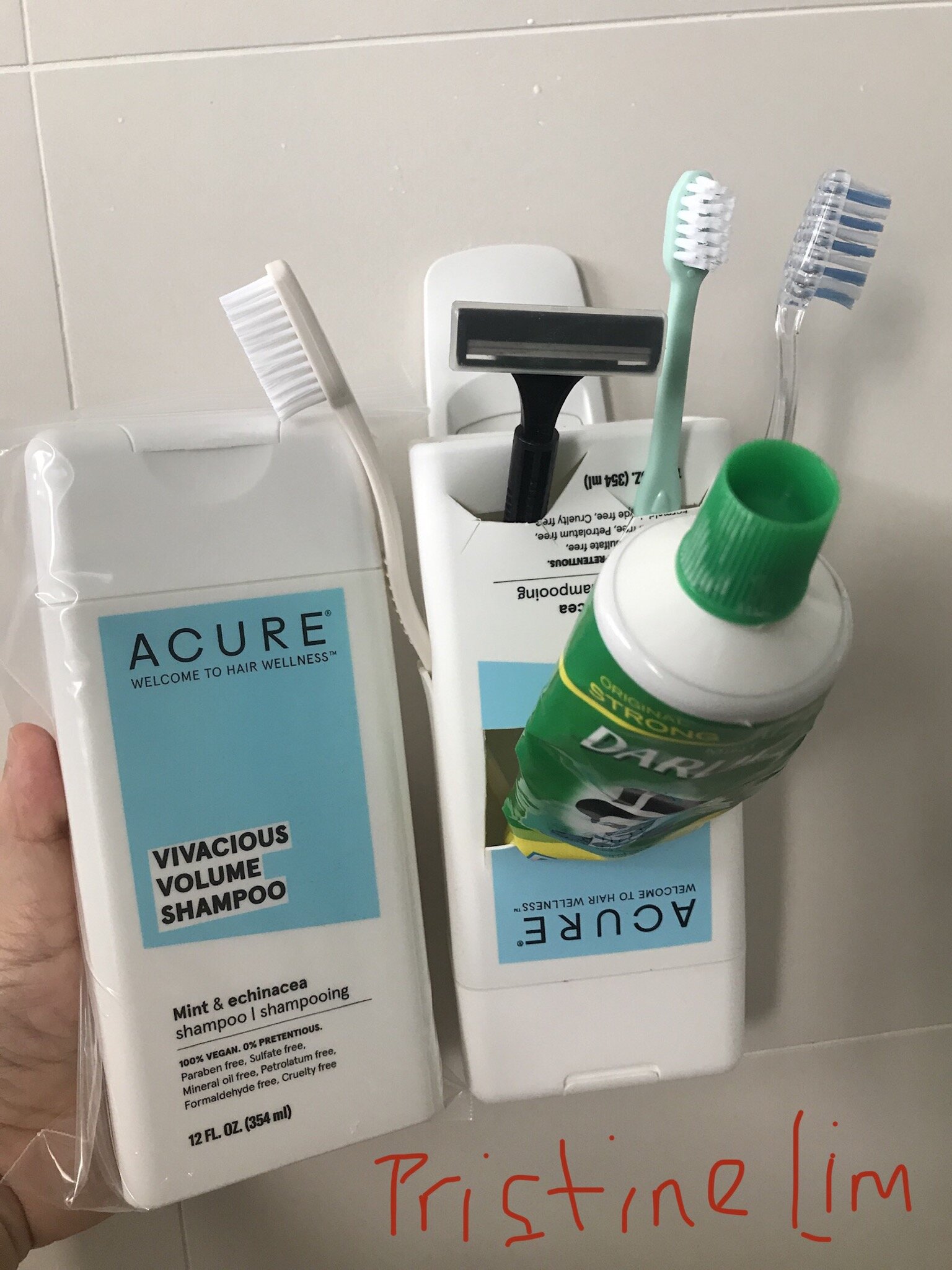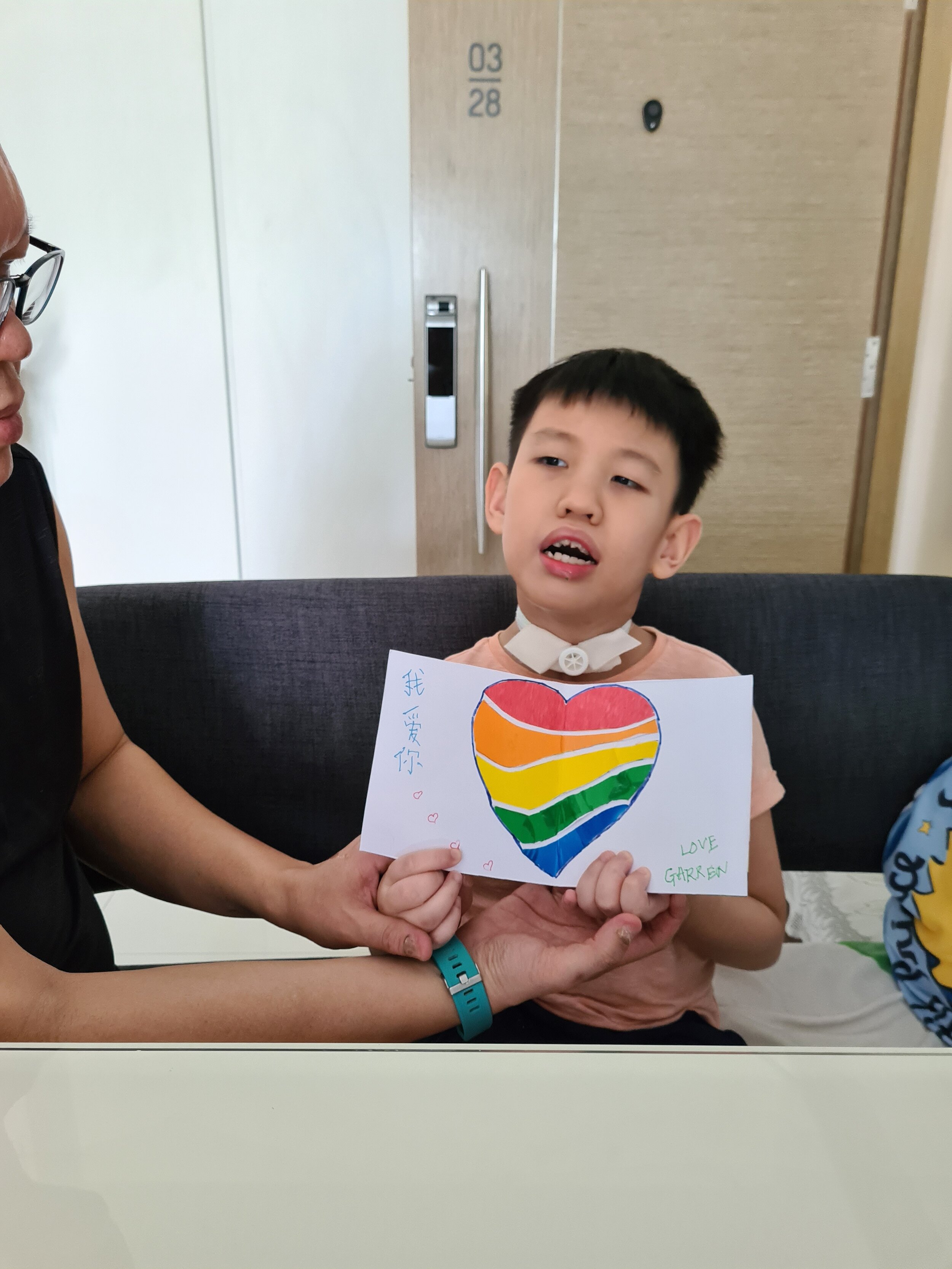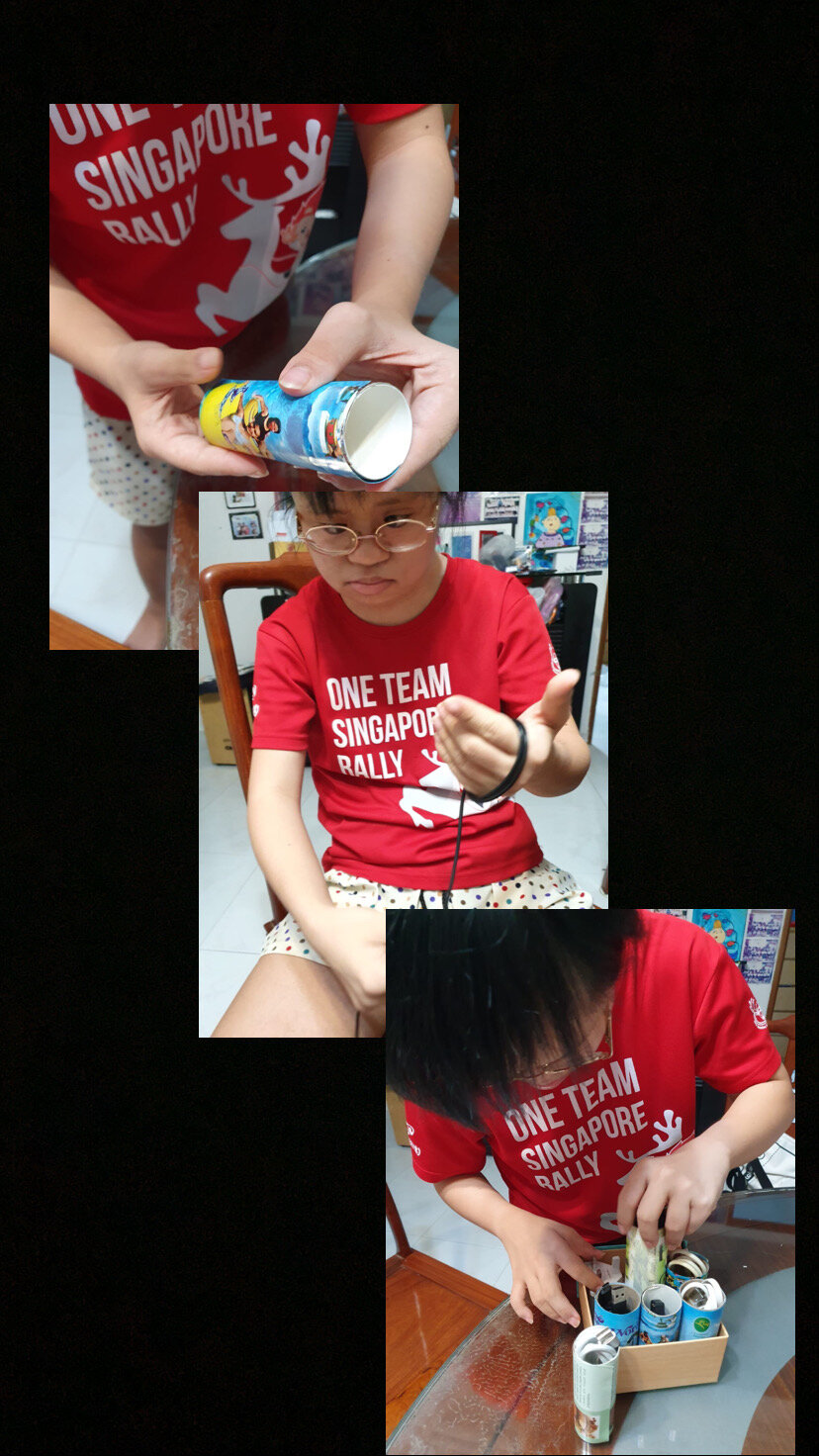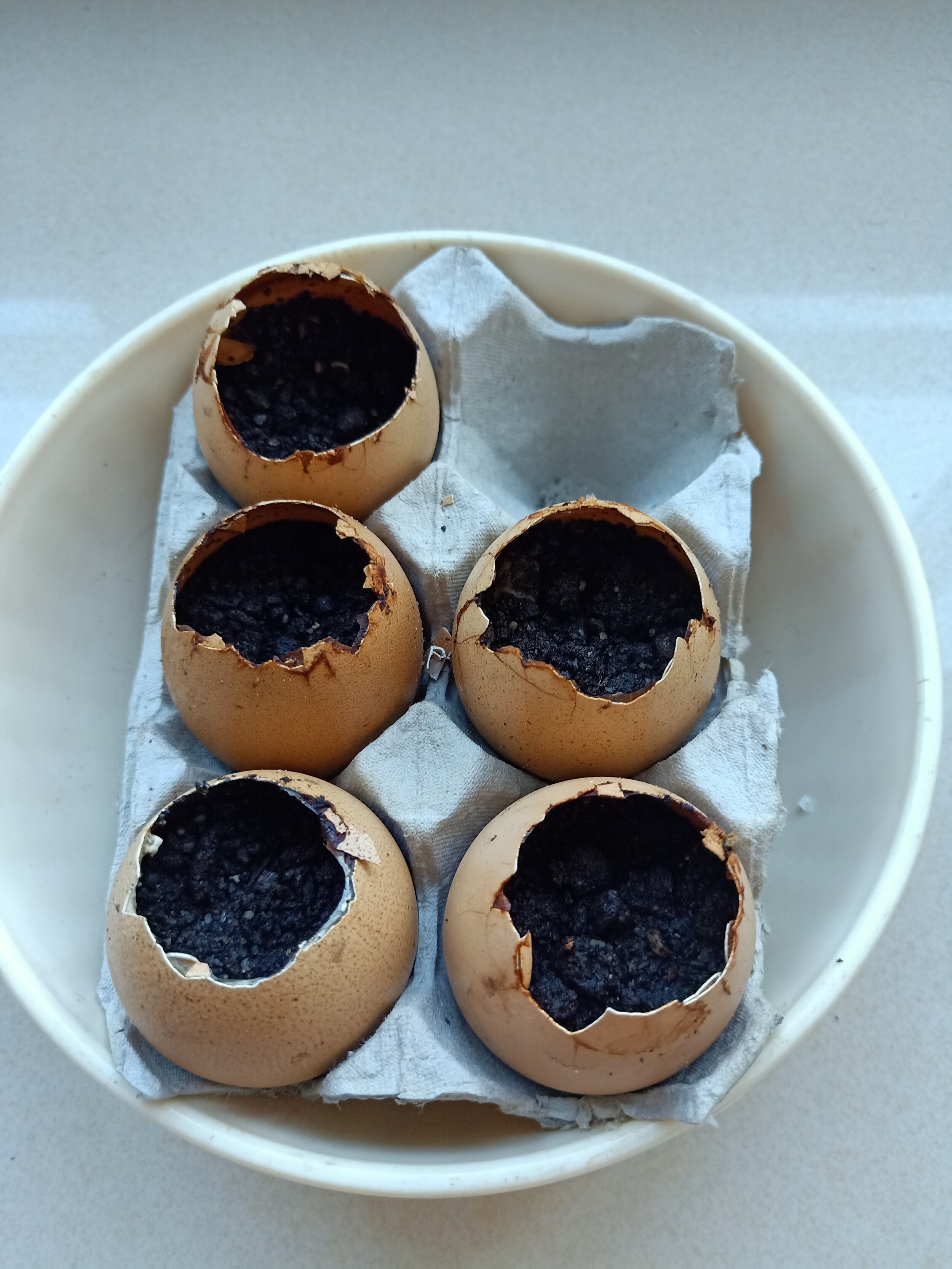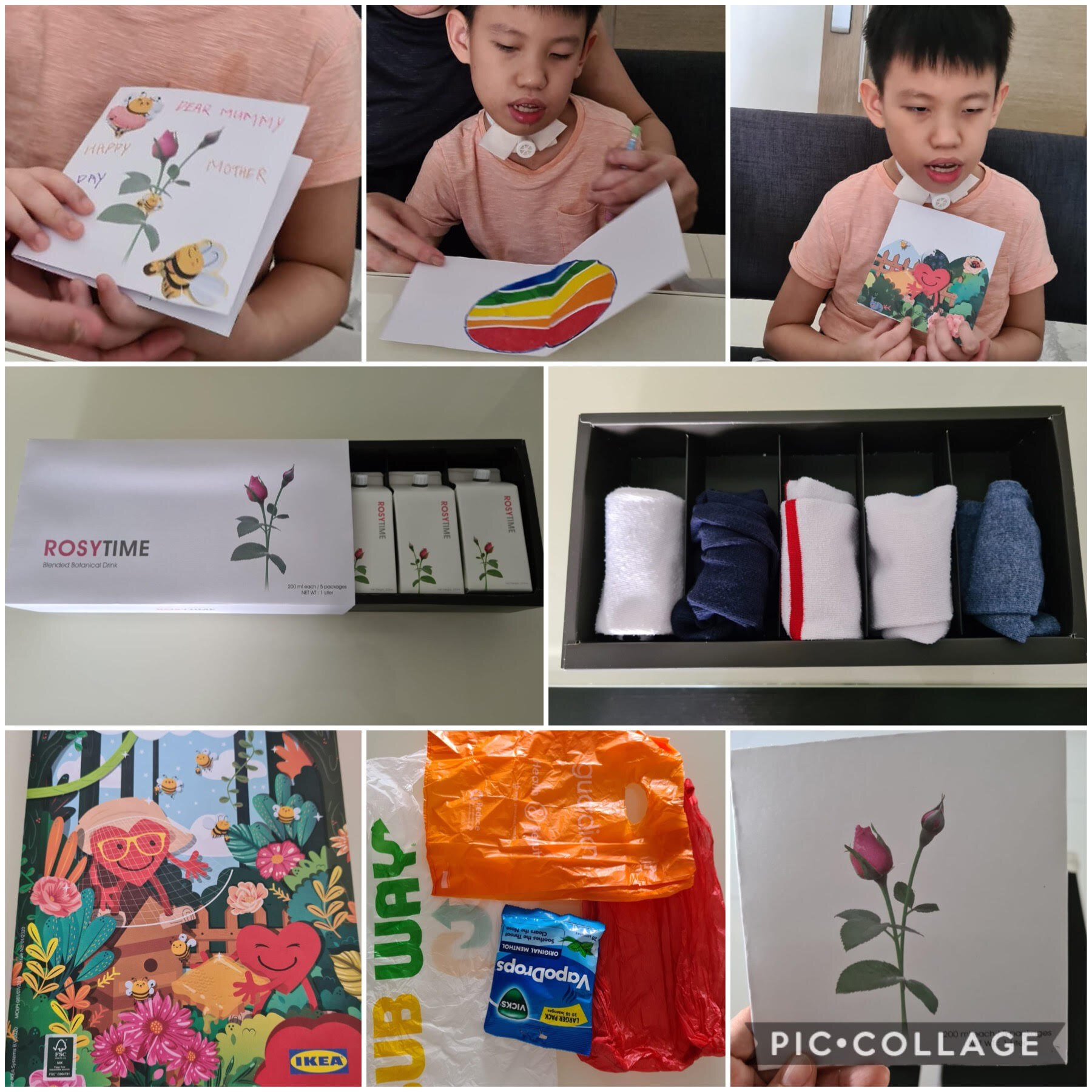Q: Can you tell us more about yourself?
H: I graduated with a Bachelor of Science honors degree in Physiotherapy conferred by Singapore Institute of Technology – Trinity College of Dublin. When I was doing my placement in Dublin as part of my studies, I served in a Central Remedial Clinic which housed various allied health services and a school for children with disabilities (4-18 years old). Back in Singapore, I worked in THK Therapy Services from 2015 to 2018, serving various groups of children including those in Club Rainbow Singapore. I left THK after giving birth to my
first child, and am now serving Club Rainbow as a Physiotherapist since mid-2018.
Q: Having worked with CRS clients for the past 4 years, what are some of your rewarding moments that you had/ where you have had great satisfaction?
H: The most rewarding moments are seeing the progress that the children make, no matter how minute. Even increased receptiveness to my sessions are rewarding for me. I also love the bonds that are created, not just with the children, but also with their families. This is extra special for me as majority of my sessions are conducted in their homes, in their safe space, which is very different from centre-based sessions. I have grown to love these children like my own, and becoming a mother myself has also given me a fresh insight into the way the parents I serve may think and feel.
There are a few highlights in the four years of my journey that has brought me great satisfaction.
One of them is 3 years old Heather, who was diagnosed with a respiratory condition. She was weak and fragile prior to Physiotherapy (PT), and was unwilling to move about much as it tired her out very easily. She
was unable to creep on the floor much less tolerate being on her tummy even, at 1 year old. She was also reliant on oxygen and a breathing machine after undergoing a medical procedure. She had a very weak immune system and would fall sick easily. As such, Heather was confined to her home since birth, except for visits to the hospitals for doctors' appointments.
Within less than a year of Physiotherapy, Heather showed outstanding improvement and has nearly reached her age-appropriate milestones, and is now independently walking, running and even jumping. Although initially afraid of leaving her home, she is now an active toddler who enjoys going out very much. Now that she has also successfully weaned off her breathing machine and oxygen support when she is awake, and that she is also physically stronger, her family is more willing to bring her out and explore toddler-friendly places, such as outdoor and indoor playgrounds. Her overall quality of life has definitely improved, now that she is able to play like a typically-developing toddler.
Another memorable client is 16 years old youth, Janice*, who has neurologic disorders. She is someone who grew up with typical development and no special needs, going to school as per normal and moving around independently up till she was 13 years old. All that changed after the complications following her high fever, which caused her to lose the function in both her legs and affect the strength in her trunk, causing her to be wheelchair bound. However, her cognition was not affected at all, and she is just like a normal teenager with a
physical dysfunction.
Initially very skeptical and unsure of herself and her abilities, Janice was heavily reliant on her caregivers for transfers; she was passive and mostly carried, with minimal participation on her part. She was always concerned about her weight and how her caregivers have to carry her, feeling that she was putting her caregivers through so much trouble. Since her diagnosis, she was always either on the bed or on her
wheelchair, and had never sat on the sofa or on the floor.
Janice has come a long way from her first PT session, proving her initial doubts wrong with each session. Prior to PT, she never thought she would be able to do the things she can do now. She was highly afraid of falling down when we first started getting her to participate in transfers. Now, she can is independent in moving
herself from lying down in bed to sitting up at the edge of the bed, transferring herself from the bed to the wheelchair and back to the bed, from the wheelchair to the sofa and from the sofa to the floor, requiring minimal help from her caregivers.
Previously, she could only stand when using a tilt table, or with 2 person maximal assistance. Now, she is able to able to stand with 1 person or contact guard assistance for safety purposes, while she holds onto the window grille or walker to maintain standing upright.
Her confidence has been increasing since her first session, and so has her overall quality of life. She is also now more proactive and motivated, and takes the initiative to do her own exercises as independently as possible. Hence, she is happy that she can at least lift some burden off her caregivers’ shoulders now that she can help herself more, with guidance from her caregivers rather than being fully dependent on them. This kind of satisfaction is priceless.
Another highlight would be Shaka* aged 3, who has Down Syndrome and Infantile Spasms. When he was about 18 months-old, he was still fully dependent on his caregivers for almost everything. His highest level of gross motor function was to be able to maintain sitting upright on the floor with his legs spread out in a
V-shape, or maintain sitting upright on a stool if he was placed in that position. He was immobile (not
creeping, crawling, standing or walking) and was disinterested in movement generally, as it tired him out easily. He was happy to simply sit and play for long periods, whereas a child his age should already be actively running around playing. He also had extremely low tolerance to bending his knees, and greatly disliked being on his tummy, both of which are important pre-requisites in preparation for creeping and crawling. His mum was very anxious about his condition and whether he would be able to catch up on his milestones, as he was moderate-severely delayed in his gross motor function.
Within less than a year of PT, Shaka’s tolerance to bending his knees and being on his tummy increased greatly, hence leading to better participation in creeping and crawling practice. He also progressed
from creeping to crawling to pulling himself up to standing, to standing without holding onto any support, to taking a few steps without holding onto any support, and is now walking independently.
Mum also appeared to be calmer, and not as anxious as before. She even gave feedback that she was very excited and happy with the progress she saw, and it helped her to appreciate and take note of even
the smallest of achievements. With PT and a lot of education and caregiver training, mum and even grandma understood his condition better and saw him from different perspectives, allowing them to better work around it to help him more effectively.
Q: What are some “surprises” that you had experienced so far? It could be something pleasant or unexpected challenges that differed from what you had in mind before coming here.
H: Pleasant surprises would be the gifts and cards I have received, especially during Teachers’ Day, as I do not expect anything from the families in return for my PT services. It is also heartwarming when parents thank me and feedback to me about the effectiveness of my therapy sessions, and that their children look forward to seeing me for sessions.
Challenges would be cases that the children have rare conditions that I may not be familiar with, or have not
had the experience working with children with such conditions. Our manpower is very limited so the waiting list may be long. Majority of my sessions are conducted in the children’s homes, where there can be a lack of therapy equipment. From there, I have to be creative in modifying the home environment to suit the
child’s needs, and for the child to be able to follow up with the home exercise programme.
Q: Do you have anything you wish to say to your clients and their families or to CRS families in general?
H: A therapist can only do so much to help your child, but ultimately the most important people in your children’s lives are you, the family members, especially the main caregivers. A therapist only sees your child weekly, but you are with them 24/7. Hence it is so important for you to remember that the one who can
make the most change is you. You are the precious gems in your child’s life, and without you they would not be where they are. Stay strong and positive and always remember that a child is a child first before a child with disabilities. Never blame yourself for any bad things that happen to your child along the way, I am absolutely certain that you have done your best to provide the best care that you can for your child. Taking care of your child is important, but taking care of yourself is even more important. As the saying goes, “you cannot pour from an empty cup”. You deserve care and attention too.
*Names have been changed to protect the privacy of our children.
#socialservicetribe #socialservices #meaningfulcareer #physiotherapist

